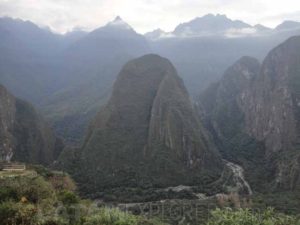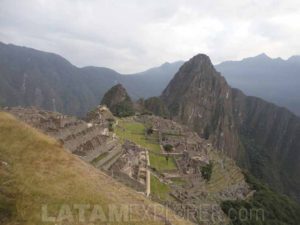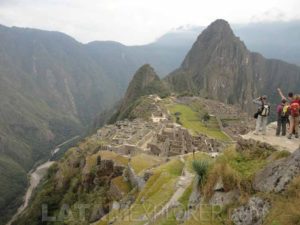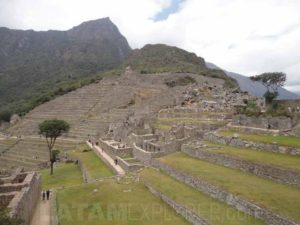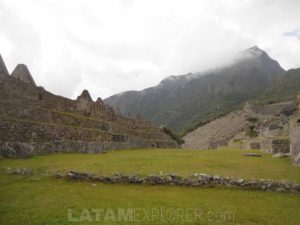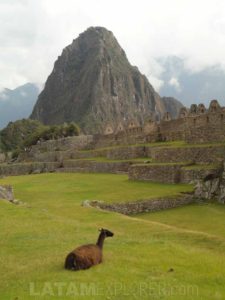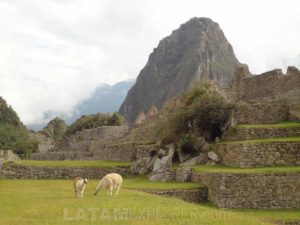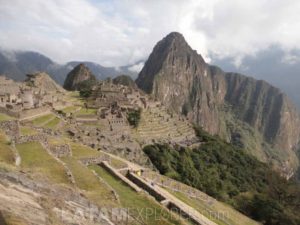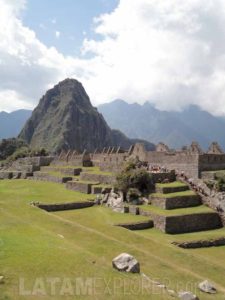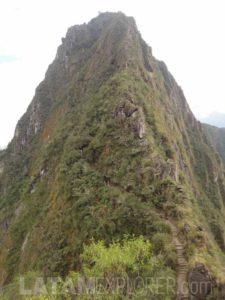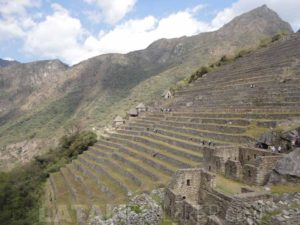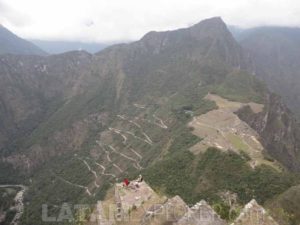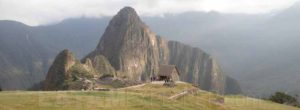Home > Destinations > Peru > Machu Picchu
Machu Picchu, Peru
A place capable of causing the most diverse emotions in those who see it for the first time and, quite appropriately, recently named one of the New Seven Wonders of the World. This is Machu Picchu, a fifteenth century Inca town built on a mountain over 2,400m (7,900ft) above the sea level, in the transition zone between the Peruvian highlands and the Amazon forest, and surrounded by the valley of the Urubamba River.
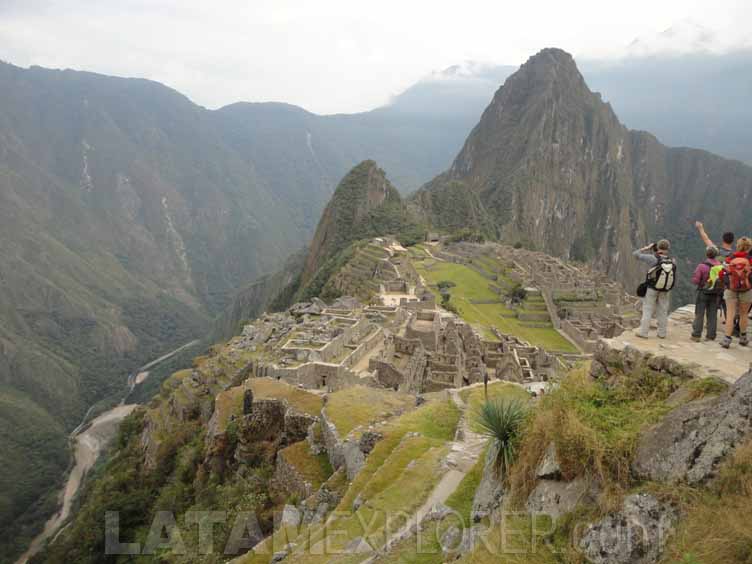
There is little consensus on exactly when the city was built and what it was used for. It is believed, however, that Machu Picchu was built as one of the residences for Inca Pachacutec, the ninth Inca, around 1450. It is believed that, due to the location of the city, it could also have been used as a ceremonial and tourist center for the Inca elite, although it is believed that its population has never exceeded one thousand inhabitants. Machu Picchu probably began to lose prestige after the death of Pachacutec, which took place in 1470 and would have been completely abandoned as a result of the Inca civil war (1531-1532) and especially of the arrival of the Spanish conquistadors from 1533.
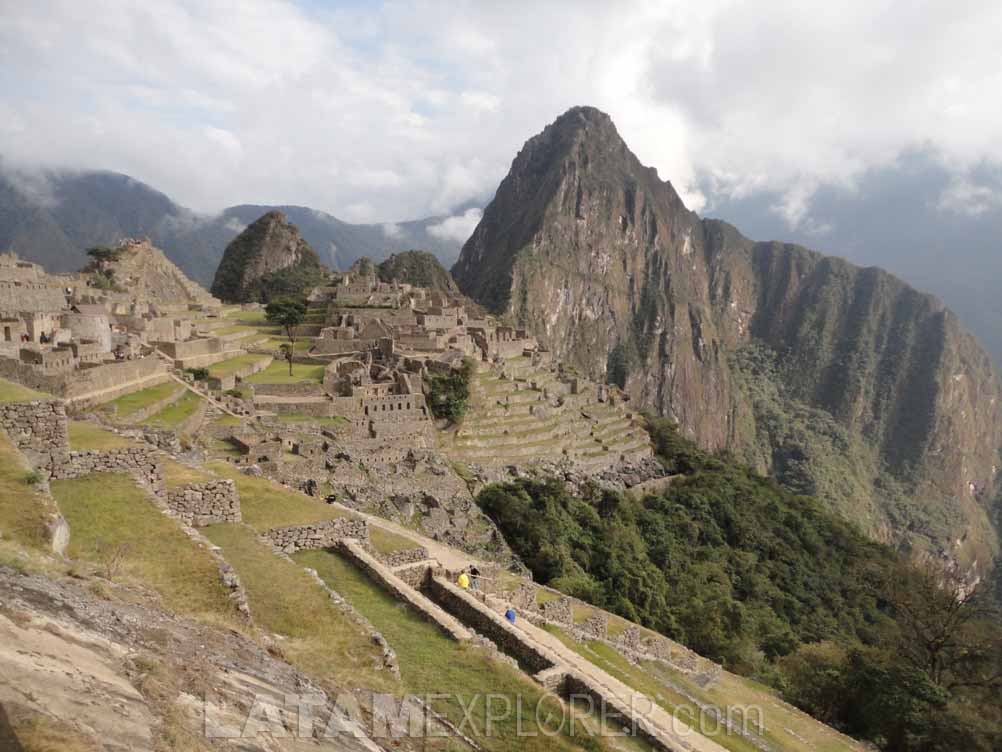
The title "Lost City" generally attributed to Machu Picchu is also quite debated, since there is evidence that the Spaniards were aware of its existence, although it cannot be proved whether they have actually been there at some point. Machu Picchu has probably always been known for many locals, although it only started drawing foreign interest in 1865, attracting the Italian naturalist Antonio Raimondi, and two years later, the German businessman Augusto Berns, who founded a company to explore the region and sell the extracted material to collectors.
International attention, however, only fell for good over Machu Picchu after 1913 when the National Geographic magazine published an article about the "rediscovery" of the place by Professor Hiram Bingham from Yale University in the United States. Bingham led the first excavation efforts in the area (taking to Yale much of the excavated material) and allowed Machu Picchu to rise amid the dense vegetation that covered it. Finally, in 1983, the park around this Inca city was declared a World Heritage site by UNESCO, helping to promote greater conservation efforts.

Currently, it is possible to reach the ruins through a few paths, keeping in mind that purposely to control the flow of visitors, there are still no public roads reaching the site. The gateway to Machu Picchu is the village of Aguas Calientes, located down the hill from the Inca ruins, on the banks of the Urubamba River. The main town of the region is unquestionably the ancient capital of the Inca Empire: Cusco. Flights and buses from all over Peru arrive there. Once in Cusco you can take a train to the Aguas Calientes station or a bus to Ollantaytambo, in the Sacred Valley of the Incas. You can continue your trip from Ollantaytambo to Aguas Calientes by train or following the most popular trail in Latin America and one of the most famous in the world: the Inca Trail. This four-day trail must be hiked in the company of a guide and only 500 permits are available for each day of the year (consider that reservations must be made months in advance). Another trail as beautiful, but not as popular, and without limitation on the number of visitors is the Salkantay Trail, usually completed over five days. This trail requires better physical conditioning than the Inca Trail and ends at the Hydroelectric, from where Aguas Calientes can be reached after a 2.5 hours walk by the railroad. A more affordable alternative (because yes, trains are quite expensive) is to get a bus to the hydroelectric and then walk to Aguas Calientes.
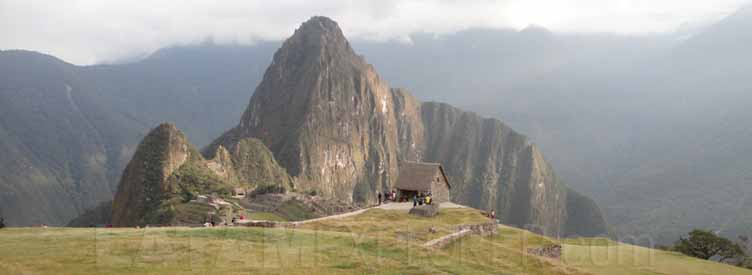
Aguas Calientes is a small town, often mistakenly called Machu Picchu town, which serves exclusively as a tourist base for visiting the Inca ruins. From there you can take a bus uphill to the entrance of the archaeological park ($12 each way, 20 minutes) or just walk up (free, 1 to 2 hours). Currently, a maximum of 2,500 visitors can be admitted per day, so it is highly recommended to buy your ticket in advance. If you don’t have a guide, it is worth seeking one at the park entrance or at least buying a good guidebook to accompany you during the visit (a small and valuable investment taking into account the effort to get here). For those who still didn't run out of breath and want to get a memorable view of Machu Picchu and the region surrounding it, it’s strongly recommend to climb the Huayna Picchu (that mountain that appears behind Machu Picchu in all postcard photos). The climb is not particularly difficult, but requires attention on the way up (and down) the stairs. Accessing the Huayna Picchu requires a separate ticket and is limited to 400 people per day (divided in two shifts, always in the morning).
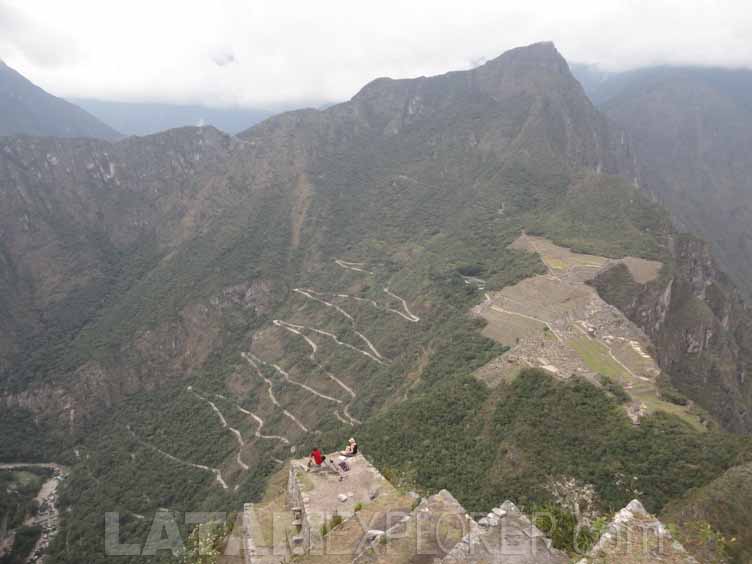
When the visit is completed, most visitors return to Cusco. While in town, be sure to explore the ancient Inca capital, as well as some of the Sacred Valley attractions such as Moray and Ollantaytambo. At the end, you can fly directly to another domestic destination, like the capital Lima, take a train to Puno on the shores of Lake Titicaca, or perhaps a bus to destinations such as the second largest city in Peru: Arequipa.
